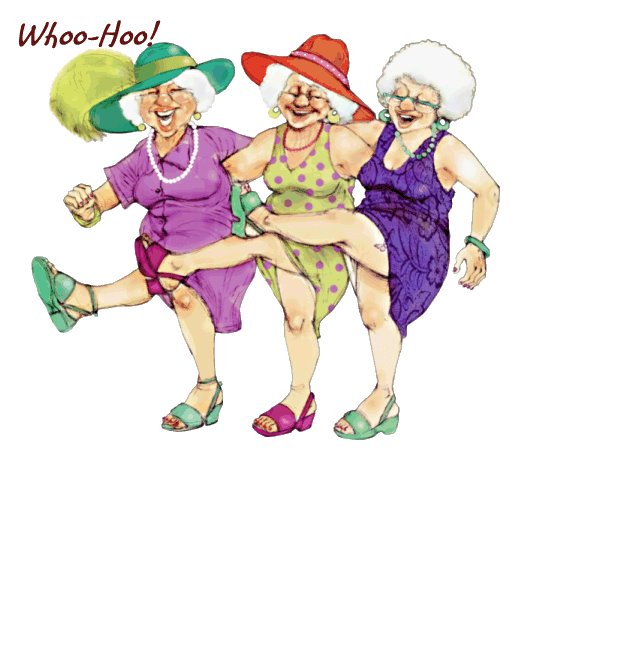Boomers' Second Careers Include Social Causes
Print
--------------------------------------------------------------------------------
Send to a friend
• Social Networking Site Lets Employees Share Salaries, Boss Reviews
While it's long been the province of public relations experts and marketing gurus to create and shape a company's reputation, the best way to find out about a workplace has always been by talking to its employees. In the pre-Internet days it was harder to do, but with the social networking and blogging revolution, mountains of opinions are available with one click from anywhere in the world. go >
By Carol Hazard
Tens of millions of Baby Boomers are interested in second careers that combine income and personal meaning with social impact, according to a national study. As many as 9.5 percent of Americans ages 44 to 70 are in encore careers.
An additional 44.7 percent are interested in pursuing encore careers, according to the MetLife Foundation/Civic Ventures Encore Career Survey. The foundation was established by insurer MetLife to support educational, health and civic and cultural organizations.
Encore careers, as defined by this study, are predominantly in education, health care, government and nonprofit organizations.
"What is the healthiest, best educated and largest generation going to do for the second half or one-third of their working lives?" said Marc Freedman, chief executive officer of Civic Ventures, a research organization on boomers, work and aging.
They are looking at retirement as an opportunity to do new things and take on new challenges, he said.
The study was based on telephone interviews with 1,063 people, followed by an Internet survey of about 2,500 people. The margin of error for the telephone survey is plus or minus 3 percentage points.
Most respondents interested in encore careers are worried that positions will be hard to find or not flexible enough to meet their needs, the study shows.
Also, the slowing economy may make it more difficult to find jobs, Freedman said in a conference call with the news media.
However, Boomers are interested in careers in sectors projected to have critical labor shortages.
Boomers are responding to a combination of powerful forces, Freedman said. Many need to work longer for income and health benefits. But they also seek a sense of purpose.
The top reason respondents gave for working in second careers was to stay active, productive and challenged, said Allan Rivlin, a partner with Peter D. Hart Research Associations Inc., which conducted the phone survey.
Researchers said they were surprised that so many people were already working in encore careers. They said they expected the number to be in the low single digits, not high.
Also, most of the Boomer trailblazers are working full-time, at least 40 hours a week, and their satisfaction level is high, Rivlin said.
"About a third are deeply satisfied," he said. "They feel appreciated and they see their contributions."
Where They Work
About 8.4 million people ages 44 to 70 are employed in second careers that combine income, personal meaning and social impact. Here's where they work:
Education: 30 percent
Health care: 23 percent
Government agency: 16 percent
Nonprofit groups: 13 percent
For-profit business: 7 percent
Other: 11 percent
What They Want in a Second Career
About 8.4 million people ages 44 to 70 are employed in second careers that combine income, personal meaning and social impact. Here's what they want in a second career:
Advocate for group or issue: 36 percent
Working with children and youth: 32 percent
Working to preserve the environment: 31 percent
Teaching at any level: 31 percent
Working to protect the safety of our communities: 24 percent
Working on poverty: 23 percent
Working with religious, spiritual organization: 23 percent
Working with the elderly: 17 percent
Working in health care: 17 percent
SOURCE: MetLife Foundation/Civic Ventures Encore Career Survey
Contact Carol Hazard at (804) 775-8023 or chazard@timesdispatch.com.





